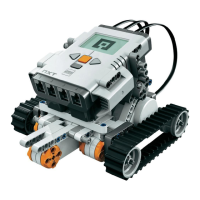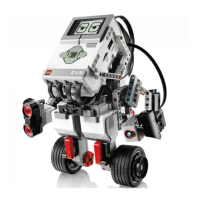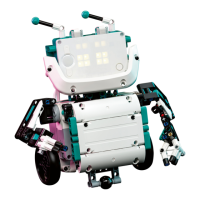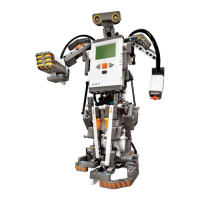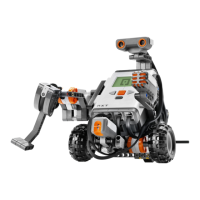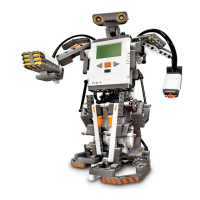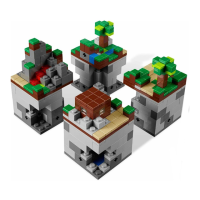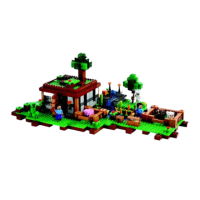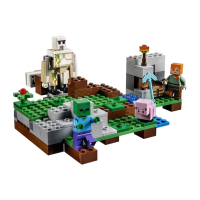Online Resources 213
11. Make Your Own Sensors
216
Mounting
216
Passive Sensors
219
Powered Sensors
221
Touch Multiplexer
224
Other Neat Ideas
226
What About Actuators?
226
Online Resources
227
A. Finding Parts and Programming Environments
231
B. A pbFORTH Downloader
235
C. Future Directions
240
Index
243
Page xi
Preface
This is a book for people who build and program LEGO robots with the Robotics Invention System (RIS) set. This book is the answer to the question, "How can I push this thing as far as it
will go?" Once you've built a few robots and written a few programs, you'll probably be itching for more: more complex robots, more powerful programming environments, more sensors, and
more fun. This book will take you there.
About This Book
For many of us, plastic LEGO bricks are the best toy money can buy. When I was five and broke my leg, a little LEGO set was the high point of my six-week convalescence. I grew up building
spaceships and planetary rovers, wearing grooves in the ends of my fingernails from endlessly putting together and taking apart my creations. In high school, I shifted into the TECHNIC product
line—what could be better than cars with real shifting and pistons that worked?
In the Fall of 1998, The LEGO Group released the Robotics Invention System (RIS), a set that was part of a new product line called MINDSTORMS. This set entered the world like a lightning
bolt—finally, the chance to make LEGO models that moved, sensed, and thought! The LEGO Group made 80,000 of these sets in 1998 and sold every one. Although The LEGO Group was
aiming for young adults, 11 and older, the RIS has also hypnotized many people in their 20s, 30s, and beyond.
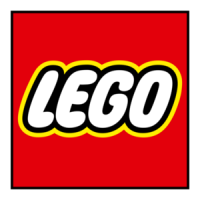
